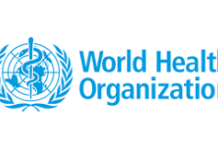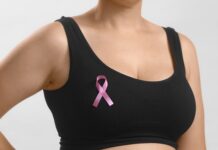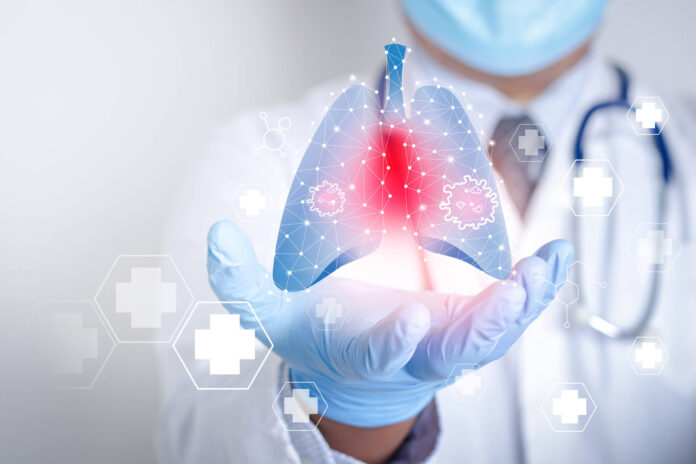Researchers from the Department of Bioengineering (BE) at the Indian Institute of Science (IISc) have developed an innovative 3D hydrogel culture system that replicates the mammalian lung environment. The system provides a robust platform to study how tuberculosis bacteria infect lung cells and to test the effectiveness of TB therapeutics.
Mycobacterium tuberculosis (Mtb), a highly dangerous pathogen, affected 10.6 million people and caused 1.3 million deaths in 2022, according to WHO data. “It is an ancient bacterium that has
co-evolved with humans significantly,” stated Rachit Agarwal, Associate Professor at BE and the lead author of a study published in Advanced Healthcare Materials. Mtb primarily targets the lungs, and current models for studying Mtb infection have significant drawbacks.
Traditional culture models are typically 2D and fail to accurately replicate the 3D microenvironment of lung tissue. These 2D models lack the extracellular matrix (ECM) molecules that surround lung tissue cells, as explained by Vishal Gupta, a PhD student at BE and the study’s first author.
Moreover, these 2D culture plates are much harder than the soft tissues of the lungs. Agarwal describes the difference as “a rock versus a pillow.”
The research team has now created a novel 3D hydrogel culture made from collagen, a vital ECM molecule in lung cells. Collagen, soluble in water at slightly acidic pH, forms fibrils that cross-link into a gel-like 3D structure when the pH increases. During the gel formation, researchers added human macrophages – immune cells that combat infections – along with Mtb, allowing them to monitor the bacteria’s infection process.
Over 2-3 weeks, the team observed the infection’s progression and discovered that the mammalian cells remained viable in the hydrogel for three weeks, a significant improvement over the 4-7 days typically seen in current cultures. Subsequent RNA sequencing of lung cells in the hydrogel revealed that they closely resembled actual human samples compared to traditional culture systems.
The researchers also tested pyrazinamide, one of the four primary TB drugs, and found that a small dose (10 µg/ml) was highly effective in eliminating Mtb in the hydrogel culture. Previously, large doses of the drug were needed to demonstrate efficacy in tissue cultures, much higher than concentrations found in patients.
“No other culture system has shown this drug’s effectiveness at clinically relevant doses,” Agarwal explained, emphasizing that their 3D hydrogel better mimics actual infections. The team has filed an Indian patent for their 3D culture, which can be scaled up for industrial use in drug testing and discovery. “Our goal was to keep the system simple for easy replication by other researchers,” Agarwal added.
As reported by technologynetworks.com, future plans include using the 3D hydrogel culture to replicate granulomas – clusters of infected white blood cells to study why some individuals have latent TB while others develop severe symptoms. Gupta mentions that the team also aims to understand the mechanism of action of pyrazinamide to potentially discover new, more effective drugs.
























